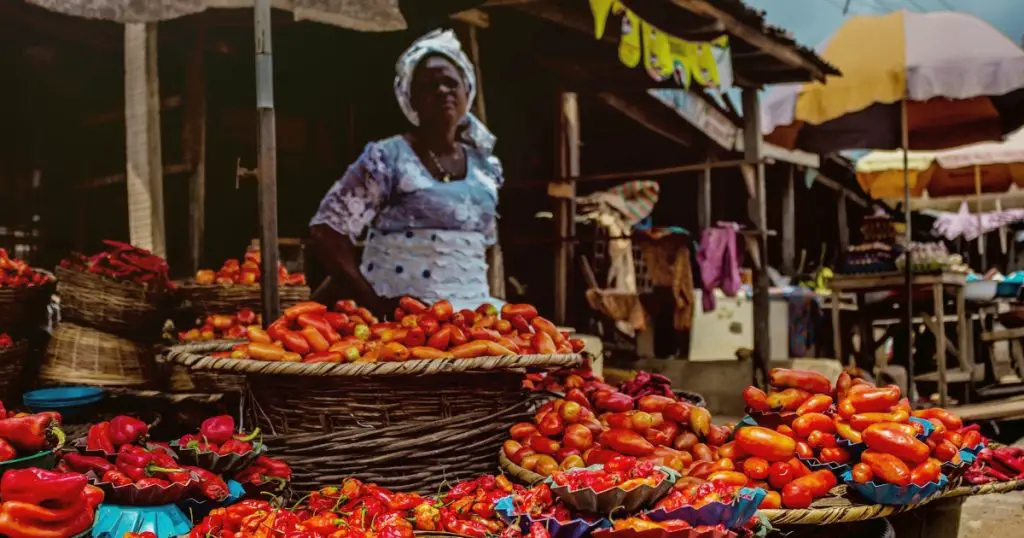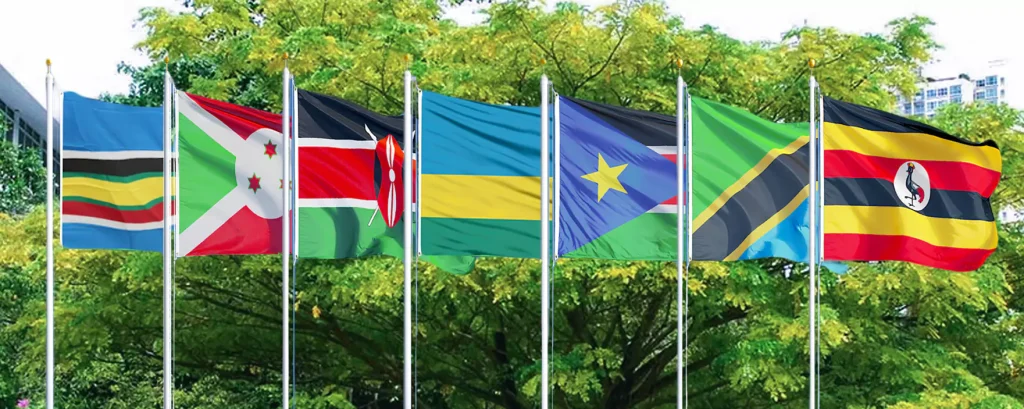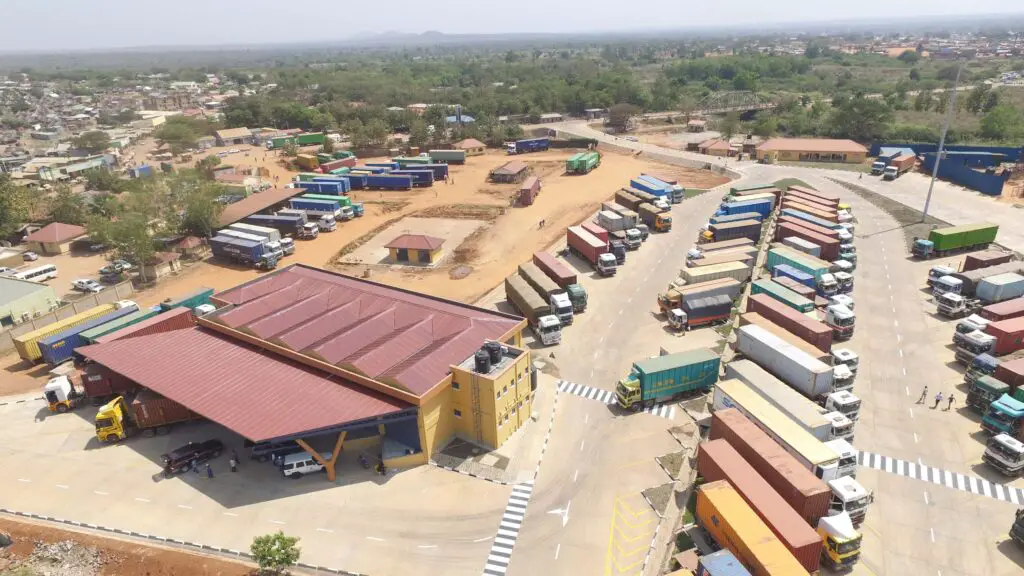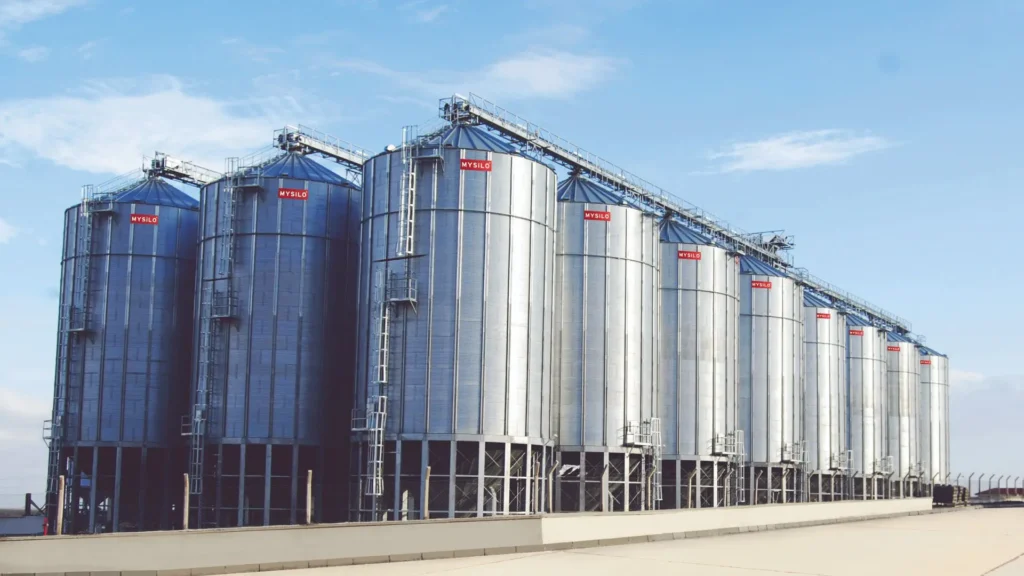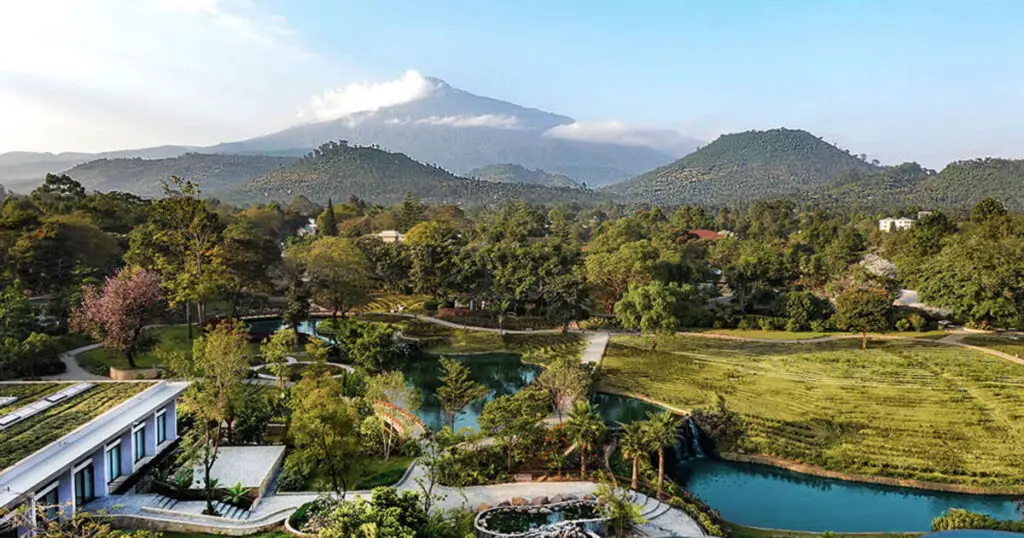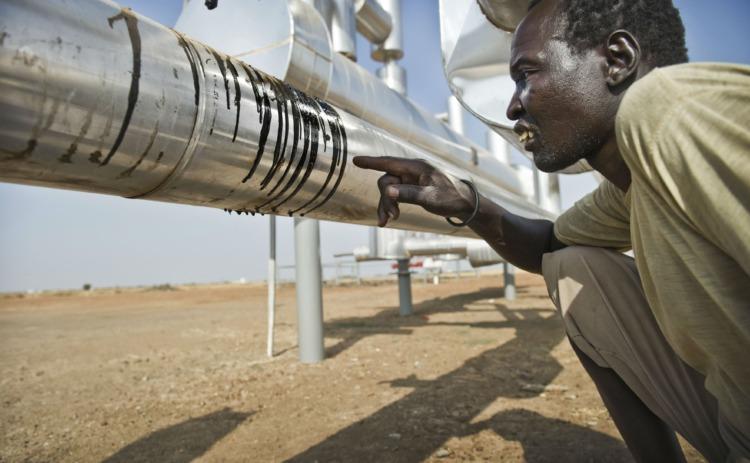- How transition finance can catalyse Africa’s green industrial revolution
- Stanbic PMI Report: Mixed performance as Kenya’s agriculture, construction offset manufacturing decline
- Uganda’s land management gets a tech makeover to boost transparency
- Nigeria’s output dips fastest in 19 months on a sharp rise in costs
- Apple faces growing backlash over Congo exploitation
- Why East Africa is staring at higher wheat prices in 2025
- Nairobi Gate SEZ pumps $7 million into Kenya’s agro-processing industry
- What impact will the US election have on Africa?
Browsing: South Sudan
South Sudan and Djibouti have signed an MoU to lay fibre optic cable from Djibouti to South Sudan’s capital, Juba, via Ethiopia. Djibouti’s fibre optic is not the first telecommunications infrastructure that South Sudan is connecting to. In January 2020, Liquid Intelligent Technologies (LIT) announced the installation of a 200km fibre backbone to connect the Uganda border to Juba.
Authorities believe additional data capacity will enable the country to successfully implement its digital transformation strategy by making broadband internet connectivity more affordable. South Sudanese officials said the agreement would ensure that region is connected to the international community and reduce the high cost of the internet.
South Sudan’s Ministry of Information, Communication Technology and Postal Services said South Sudanese and Djibouti government officials would establish a technical committee to oversee the project.…
- South Sudan will receive $8.1million from the African Development Bank (AfDB) to address food
- The funds will support South Sudan’s Emergency Food Production Programme
- The Emergency Food Production Programme targets an additional 600,000 of the most vulnerable groups in five states, where recent severe flooding has affected thousands of households
South Sudan is the latest East African country to receive millions from the African Development Bank (AfDB) to address food insecurity.
The country received an $8.1 million grant from AfDB to fund its Emergency Food Production Programme.
Allocated through the Transition Support Facility, the grant makes up additional financing for the ongoing Agricultural Markets, Value Addition and Trade Development Project (AMVAT).
AMVAT seeks to contribute to reduced food insecurity, poverty reduction, economic growth and building of community and household resilience and social cohesion.
Exacerbated by climate hazards, the threat of a food crisis has long loomed over South Sudan, which …
With the recent addition of the DRC to the East African region, landlocked countries have found an alternative port of entry in the Atlantic Ocean. The swiftness of trade with two ports of entry and the region’s strategic location will be incomparable to any other region on the continent.
The East African Federation would be the fourth largest country in both population and landmass, trailing after China, India and the United States. President Uhuru Kenyatta says that the federation would have over 300 million people.
The gross domestic product for the region will sum up to US$250 billion, the fourth-largest in Africa and the 34th biggest globally. Since the beginning of the last decade, East Africa has had the fastest growing economy globally. In 2019, the region’s economy grew by about 5 per cent. If the federation continues with this growth rate, the new country would quickly become the biggest …
South Sudan joined the East African community joined the EAC in April 2016, after being the youngest nation to gain independence on July 9, 2011. In 2020, South Sudan’s exports summed up to US$87 million to the EAC member states, while imports amounted to US$573 million.
In contrast to the year 2016, the exports and imports to the same stood at US$2.6 million and US$400 million respectively.
According to the International Trade Center, South Sudan exported US$86 million and imported US$357 million from Uganda in 2020.…
The Tanzania Cereals and Other produce Board (CPB) reported that the grain stores in Juba and Lubumbashi were already experiencing a vibrant business environment. They also expected the Mombasa facility to outperform the two.
According to the 2019 Statistics, Tanzania exported more than 97,000 tonnes of maize. This factor opened the country to the opportunity of launching its grain surplus scheme with the Southern Agricultural Growth Corridor of Tanzania (SAGCOT).
SAGCOT was established in 2010 to create a transformed and economically viable agricultural sector in Tanzania that protects food security, enhances environmental sustainability, and improves livelihoods. The Agricultural growth corridor uses 350,000 hectares in the fertile southern islands of Tanzania to grow maize, wheat, paddy, sorghum, cassava, millet, beans, bananas and sweet potatoes.…
 The number of tourists arriving in Tanzania has increased an impressive 52% between January and November 2021 and with it, the country has enjoyed increased revenue collection of an even more impressive 69 per cent growth.
The number of tourists arriving in Tanzania has increased an impressive 52% between January and November 2021 and with it, the country has enjoyed increased revenue collection of an even more impressive 69 per cent growth.
What has sparked this increase in tourists arrivals is, among other things, the country’s rigorous decimation of the Covid-19 uptake and the generally positive response of the public. Notably, as of 5th December 2021, almost 2 million (1,699,523) vaccine doses have been administered.
As was the case elsewhere in the world outbreak of the pandemic fall in tourism arrivals severely affected the economy and more so the tourism and hospitality sectors.
To get a perspective of how the two sectors in Tanzania were hard hit, consider the fact that tourist arrivals in 2019 were slightly above 1.5 million yet this number dropped more than 50 per cent to a lowly 600,000 tourists in …
- The costs for South Sudan conflicts could reach a staggering range of between $22 billion and $28 billion over the next five years.
- The cost of war shockingly overpowers the new nation’s 2021/2022 fiscal budget of around $2 billion.
- Poverty is ravaging South Sudan. South Sudanese people lack basic essential services, poor housing, land and property issues limit people returning home in large numbers
Numbers have been a better tool in analysing a very complex scenario, and in this case, South Sudan conflicts put it at a disadvantage economically.
According to a 2015 Oxfam report, depending on the intensity of the conflict, the costs for South Sudan conflicts could reach a staggering range of between $22 billion and $28 billion over the next five years.
The cost of war shockingly overpowers the new nation’s 2021/2022 fiscal budget of around $2 billion. These numbers show how wars suck the life out …
That year, in 2015, Kenya, Rwanda, Uganda, and Tanzania settled for a three-year plan to phase out the importation of used clothes, a major exporter been the United States. To realise the intended ban, taxes were increased on second-hand clothes were increased effectively deterring their importation. The plan was to completely ban the import of second-hand clothes as of 2019.
This ambitious vision was never realized as the Trump administration issued an ultimatum for EAC to rescind the ban on second-hand clothes by 23 February 2018 or, as the DW writer Isaac Mugabi puts it ‘face the consequences.’…
NAIROBI, Kenya, Jun 14 – South Sudan will benefit from two new projects totaling $116 million that aim to strengthen the capacity of farmers, improve agricultural production, and restore livelihoods and food security.
This comes at a time when the East African nation is facing increasing levels of food insecurity despite increased production, with exceptionally high food prices constraining access to food for large segments of the population and desert locusts devouring crops.
Available data projects that 7.2 million people will face acute food insecurity in the coming months, which is the highest number since the country’s independence.
The first project is dubbed ‘South Sudan Resilient Agricultural Livelihoods Project (RALP)’, and will provide a grant of $62.5 million to support investments in training for farmers to help them efficiently manage their organizations, adopt new technology, and use climate-smart agriculture practices to boost their yields.
The funds will also be invested …
With a view to nation-building and inclusive growth, South Sudan is seeking investment in hydrocarbon exploration, infrastructure development and power generation capacity, with opportunities to be showcased at the upcoming South Sudan Oil & Power 2021 Conference & Exhibition in June.
South Sudan represents one of the fastest-growing frontier markets on the continent, driven by a renewed transitional government with a commitment to economic growth, infrastructure development and an oil revival. Led by H.E. President Salva Kiir, the newly formed unity government is prioritizing infrastructural development and exploration activities, with a view to rebuilding the nation, improving the standard of living and driving associated job and economic opportunities. With a critical infrastructure deficit and growing demand for alternative power generation solutions, South Sudan is characterized by its unique opportunity to build the domestic energy sector – and country – from the ground up.
South Sudan is currently the only commercial …






